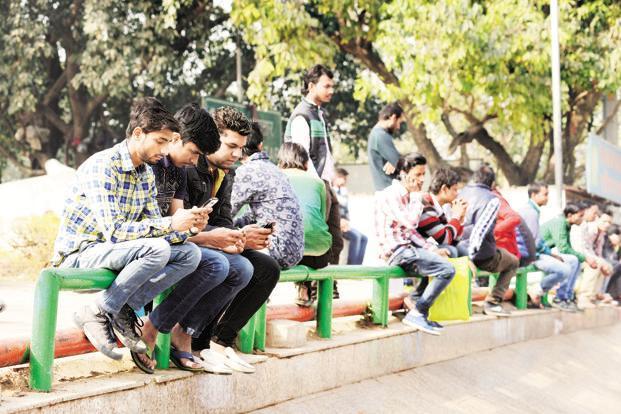With recent developments in technology and an increase in smartphone penetration, India is changing dramatically. For those of us working in the social impact sectors, this affords an opportunity to reassess how we think about our work—who we focus on, the engagement models we adopt and the tools we deploy to achieve impact.
A rapidly transforming India: Mobile connectivity and declining data costs have dramatically spurred internet usage. Over 80% households have access to mobile phones and approximately 300 million Indians use smartphones. India is now WhatsApp’s biggest market, with approximately 250 million monthly users. Bank account penetration has surged due to the Pradhan Mantri Jan-Dhan Yojana. About 1.1 billion Indians have a unique digital identity, Aadhaar. Elements of India Stack—e-signature, eKYC, DigiLocker and consent layer—on top of Aadhaar will continue to grow. We have a large and low-cost set-up for electronic payments in place, including wallets, new payments banks and Unified Payments Interface (UPI). National Payments Corp. of India (NPCI) processed 246 million digital payment transactions on its UPI platform in June 2018. These “infrastructure rails” will foster inclusiveness.
Lower-income Indians are increasingly active users of social media, videos, music and file sharing apps. Despite affordability constraints, they find innovative ways to consume data—in Mumbai’s lower-income neighbourhoods, for example, households will share access to a Wi-Fi router instead of using mobile data. Highly talented people with a range of educational backgrounds and work experience are coming in large numbers to address big public problems. In contrast, 15 years ago, people focusing on social impact typically had backgrounds in social work or the social sciences and they worked on improving the lives of the most vulnerable populations.
These positive changes offer an opportunity to reimagine our approach to social impact for a digital and aspiring India.
Target population: Traditionally, the impact/development sector has considered its target population to be those at the base of the pyramid—having incomes of less than $2-3/day. However, large sections of lower middle-income and lower-income populations—those just above the base of the pyramid—lack access to quality healthcare and education besides other aspirational services. The segment of “aspirers” comprises approximately 150 million households with monthly household income ₹6,500-25,000. They are underserved, excluded and disempowered in many ways.
At Omidyar Network, we have broadened the definition of who we serve to include this section of the population. They represent the broadest array of ages and occupations: drivers, maids, delivery boys, daily wage workers like plumbers, electricians and construction workers, security guards, retail vegetable vendors and small shop owners. This is the aspiring India—they often have little schooling, but aspire to send their children to private schools and engineering colleges. Technology has now made it possible to engage with this population in new ways. Over the next five years, 500 million first-time internet users—the “Next Half Billion”—are expected to come online via their mobile phones.
Leveraging technology: The mobile phone is one of the biggest drivers of social impact in India, making it possible to provide a range of services to populations we care about. Here are five examples of tech-led solutions for social impact.
BabaJob: a marketplace for blue-collar jobs like drivers, cooks, technicians, and delivery boys.
MyUpchaar: Hindi-language portal for health information and doctor consultations.
Mijini: financial intelligence platform that enables urban local bodies to drive property tax collections.
Haqdarshak: helps citizens access information about government welfare schemes they are eligible for and supports them in claiming these benefits.
AquaSafi: works with village communities to set up water treatment units with automated remote monitoring.
Going beyond grant funding: “I don’t feel comfortable making money from social impact”—we frequently hear this from philanthropists and donors, who see making money and giving it away as distinct activities. Indeed, for-profit impact investments can be deployed with a range of potential returns—from capital preservation to market returns. However, funders can choose to plough back into philanthropy any gains they may make from for-profit impact investing, thereby keeping their “earning” and “giving” separate, and in fact enhancing the pool available for “giving”.
The examples above represent a mix of for-profit and non-profit social enterprises. It is time for philanthropists and donors to support the right change-makers, with the potential to create impact at scale, regardless of whether they are for-profit or non-profit. Market-based approaches, including equity investments in for-profit social enterprises, can be powerful complements to grants for non-profits. This approach also brings market discipline and sustainability to funding efforts.
By reimagining the vision for social impact, we can deliver accelerated change for the underprivileged, in an increasingly aspirational India.
Article Credit : LiveMint

